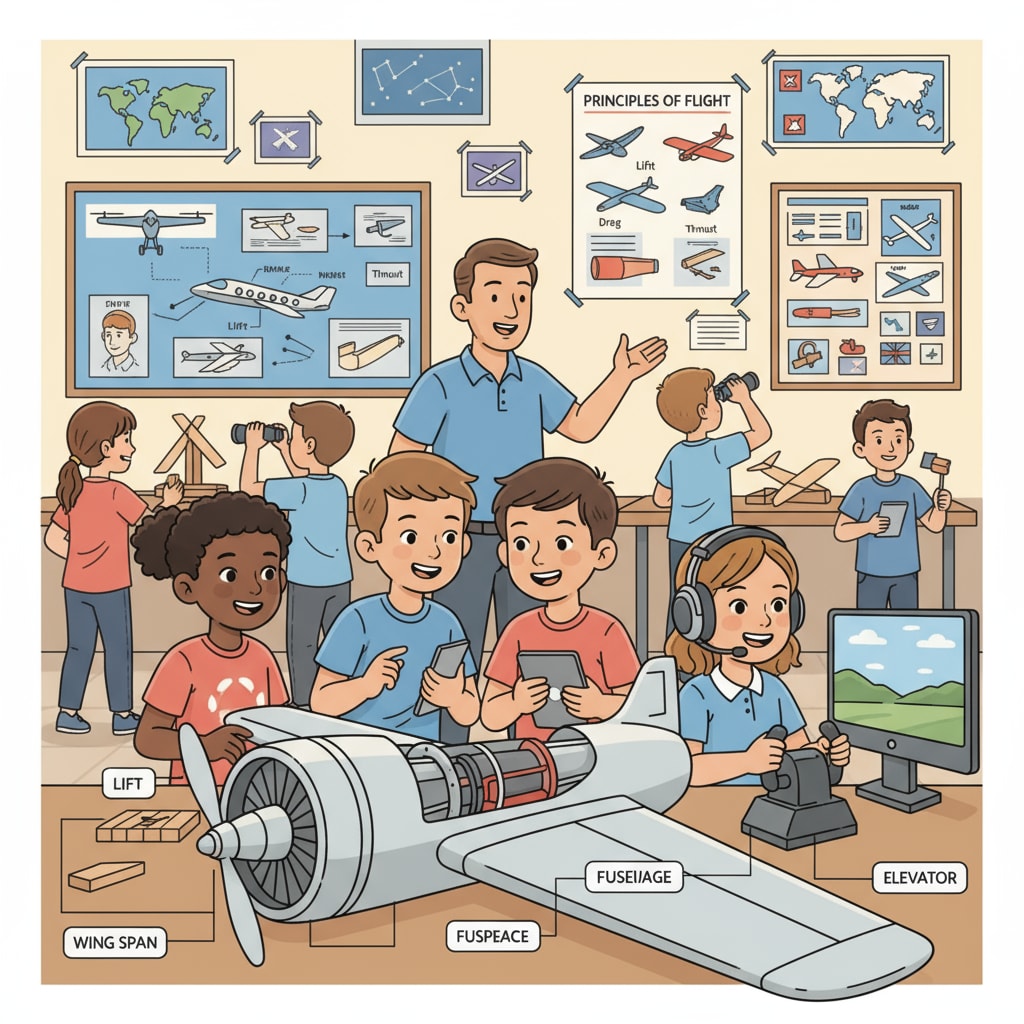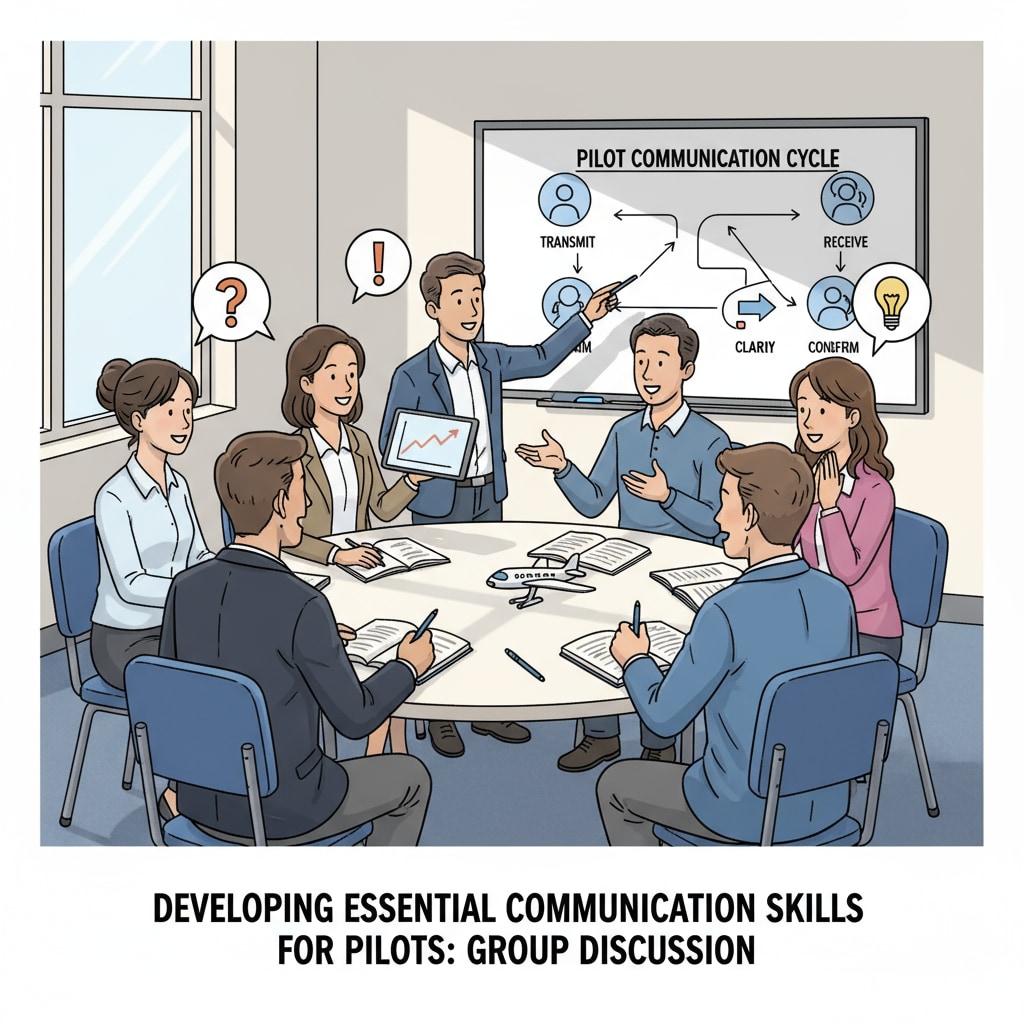Pilot skills, communication abilities, decision – making capacities, and situation awareness are the cornerstones for anyone aspiring to become a pilot. In the K12 education phase, it is crucial to start cultivating these essential aspects to build a strong foundation for future aviators.

As students progress through their early educational years, the development of these skills can shape their journey towards a successful career in aviation.
The Significance of Communication Skills
Communication is vital in the aviation industry. Pilots need to communicate precisely with air traffic control, co – pilots, and ground staff. In K12, students can start by improving their verbal and written communication. For example, joining debate clubs or participating in public speaking events can enhance their ability to express ideas clearly. According to Aviation communication on Wikipedia, accurate communication reduces the risk of misunderstandings during flights. Effective communication also involves active listening, which can be practiced through group discussions and listening exercises in the classroom.

Developing Decision – Making Abilities
Decision – making is another critical aspect for pilots. They often face high – pressure situations where quick and accurate decisions are necessary. In K12, educators can introduce problem – solving activities. Math competitions, for instance, require students to analyze problems and make decisions under time constraints. As stated in Decision – making on Britannica, decision – making skills can be honed through practical experiences. Teachers can also create real – life scenarios in the classroom, such as emergency simulations, to help students develop the ability to make rational decisions in stressful situations.
Furthermore, teaching students about risk assessment and weighing options is essential. This can be incorporated into various subjects like science and social studies. By understanding the potential consequences of different choices, students can gradually build the decision – making skills required for a pilot’s career.
The Role of Situation Awareness
Situation awareness is the ability to perceive, understand, and anticipate the environment. For pilots, it means being aware of weather conditions, aircraft systems, and the surrounding airspace. In K12, students can develop this skill through activities that enhance their observation and analysis. Geography and science projects, for example, can help students understand natural phenomena and how they might impact aviation. Additionally, introducing students to flight simulation games can give them a taste of the real – world situation awareness required in the cockpit.
Schools can also organize field trips to airports or aviation museums. These experiences allow students to observe the operations firsthand and gain a better understanding of the complex environment that pilots operate in. This hands – on exposure helps in cultivating situation awareness from an early age.
In conclusion, pilot skills, communication abilities, decision – making capacities, and situation awareness are skills that can and should be nurtured during the K12 education phase. By providing students with opportunities to develop these skills, we are not only preparing them for a career in aviation but also equipping them with valuable life skills. As students grow and progress, these early – developed competencies will serve as a strong foundation for their future endeavors in the exciting world of aviation.
Readability guidance: This article uses short paragraphs and lists to summarize key points. Each H2 section provides practical examples to illustrate the development of relevant skills. The proportion of passive voice and long sentences is controlled, and transition words like “for example”, “furthermore”, and “additionally” are used to enhance the flow of the article.


